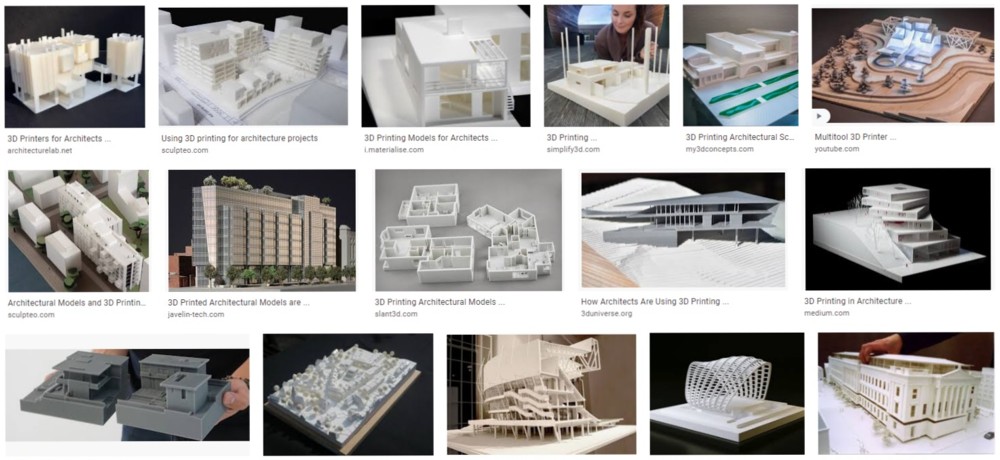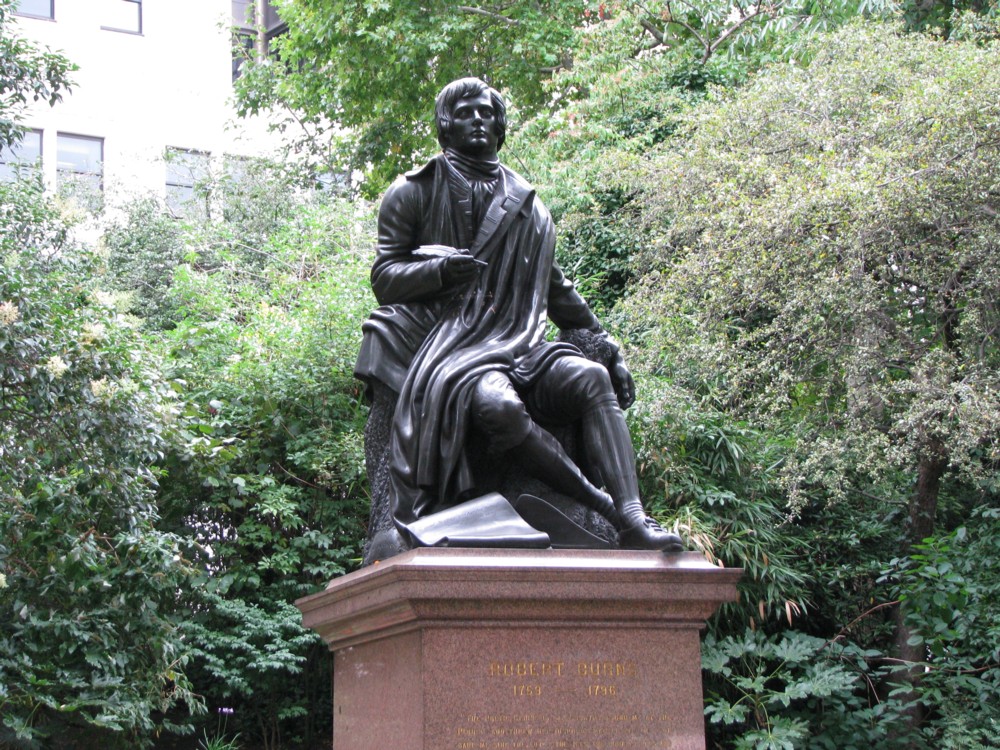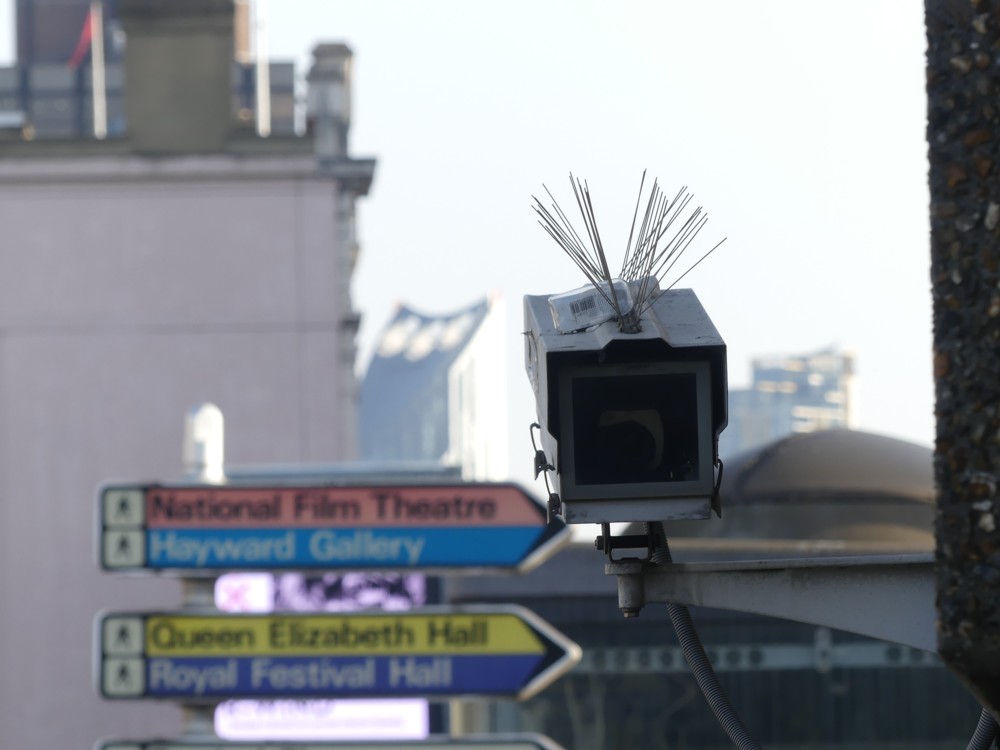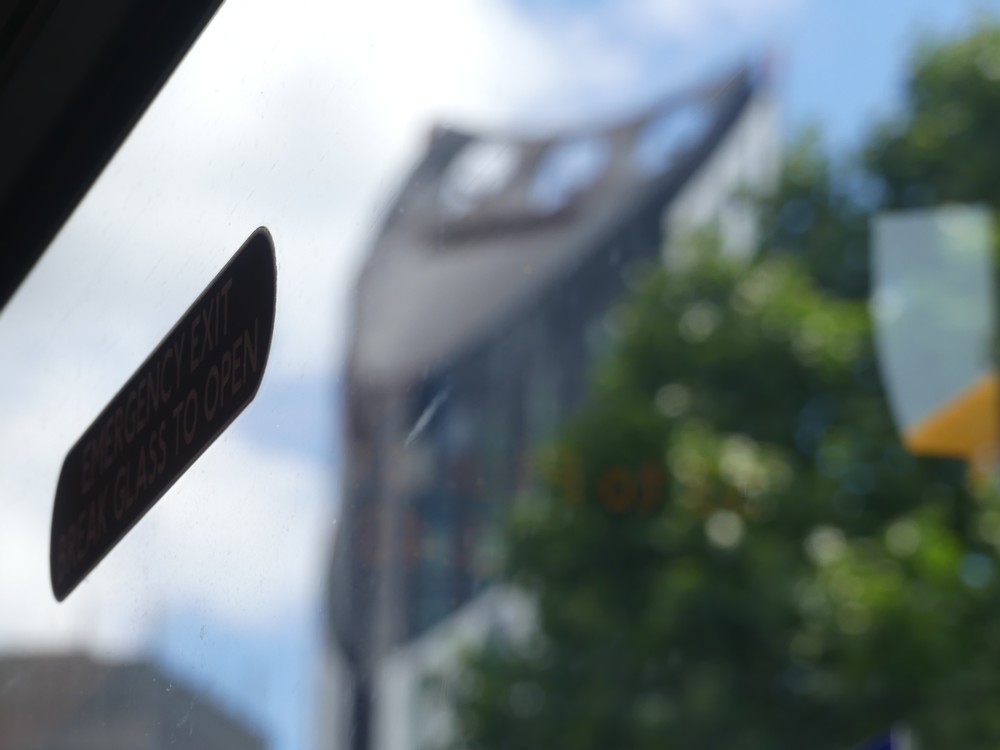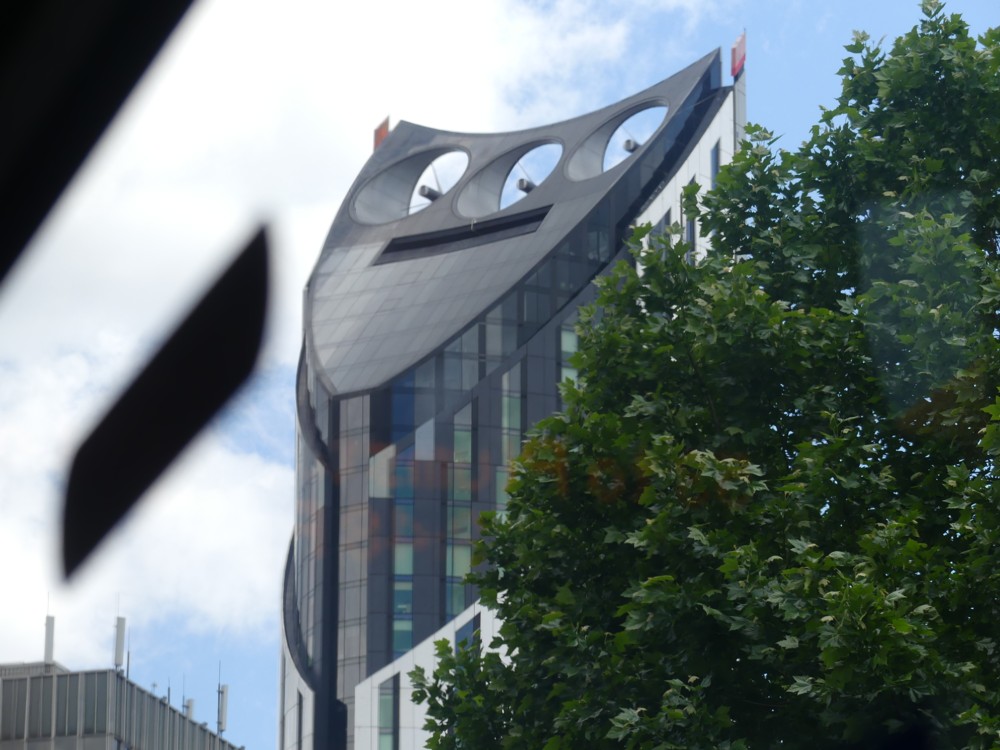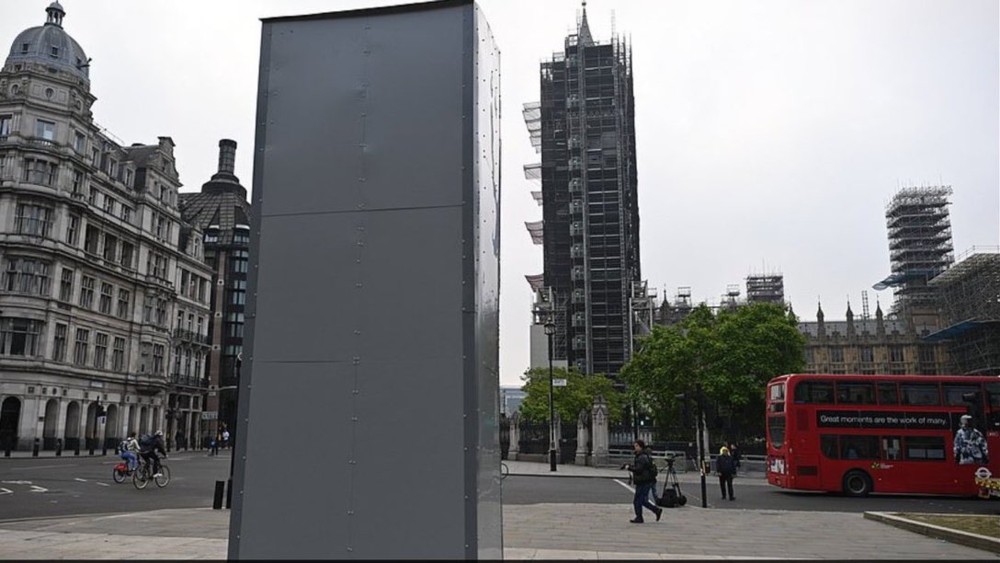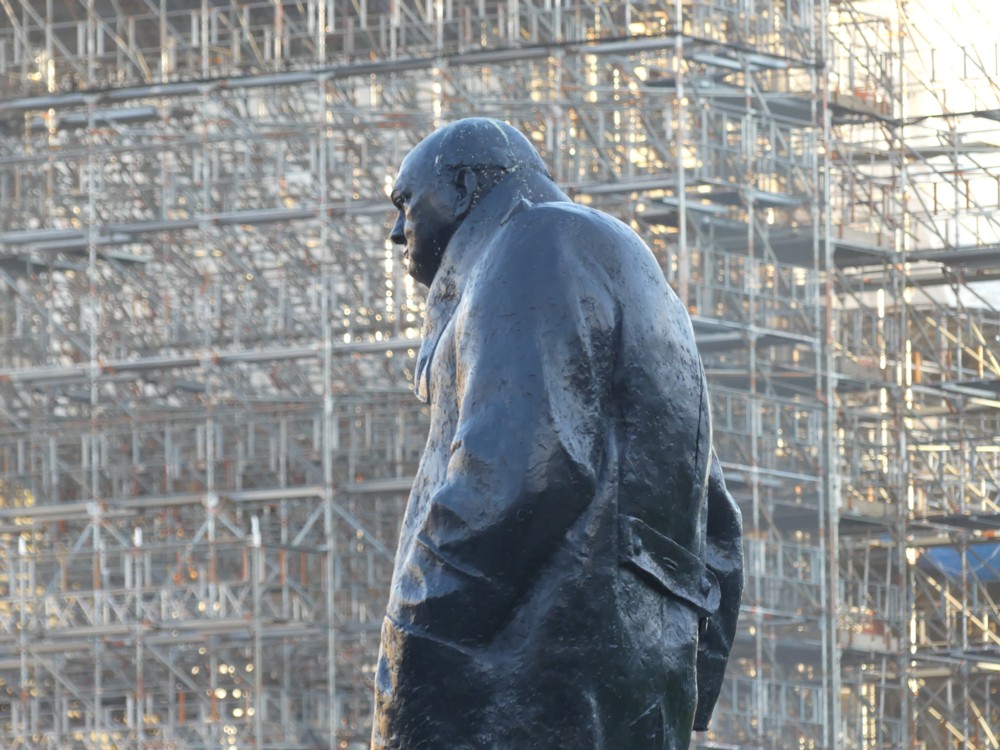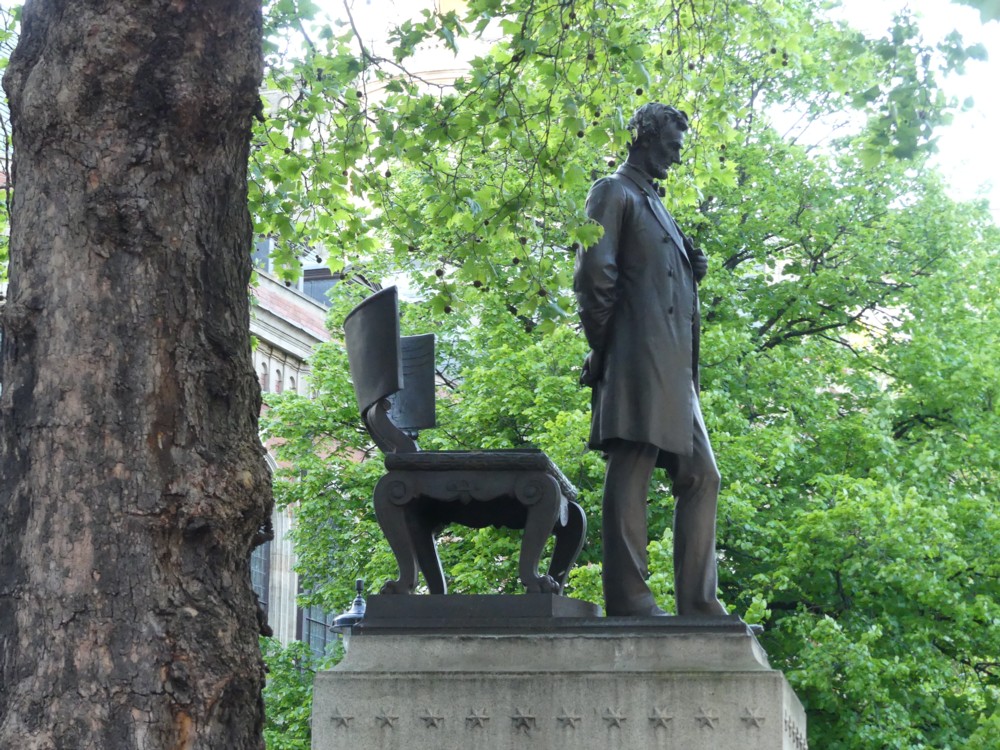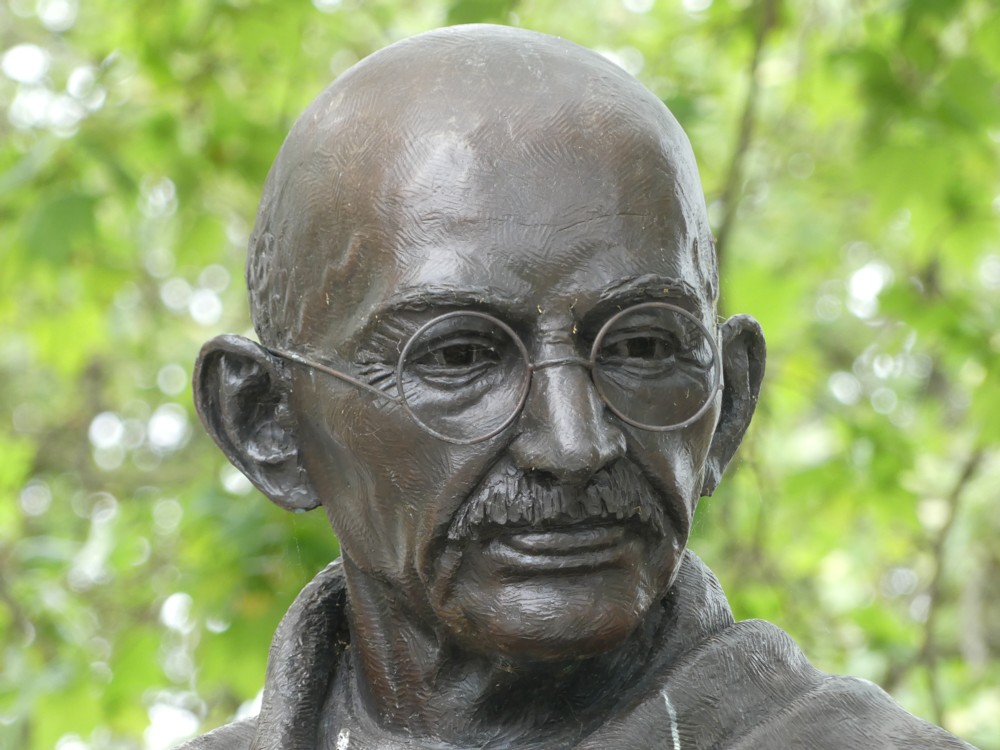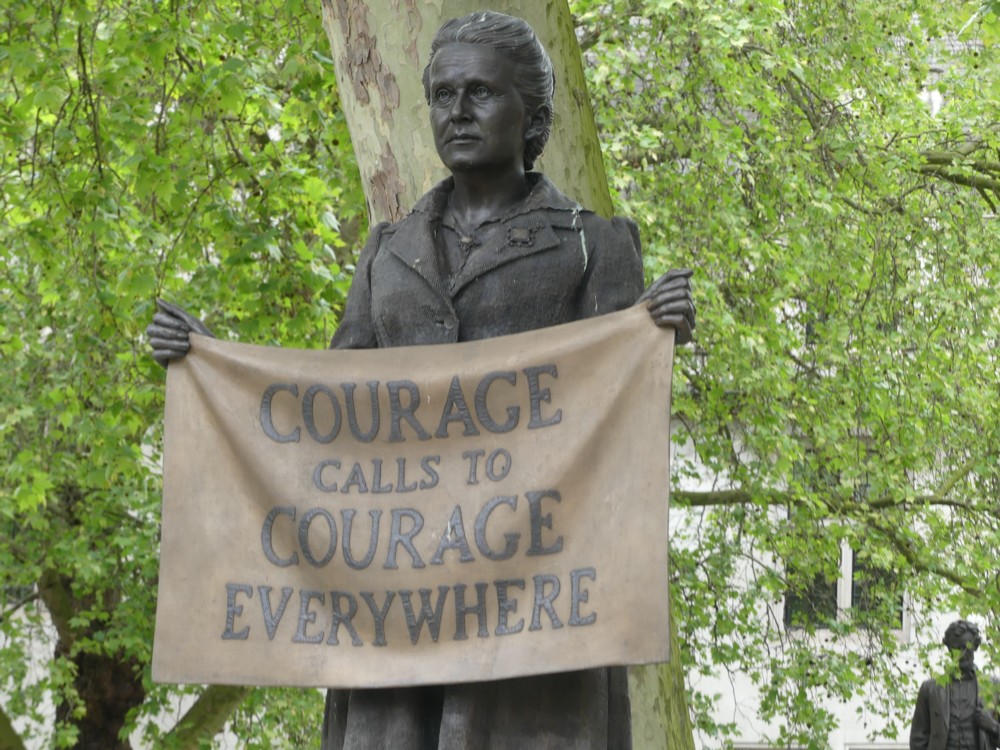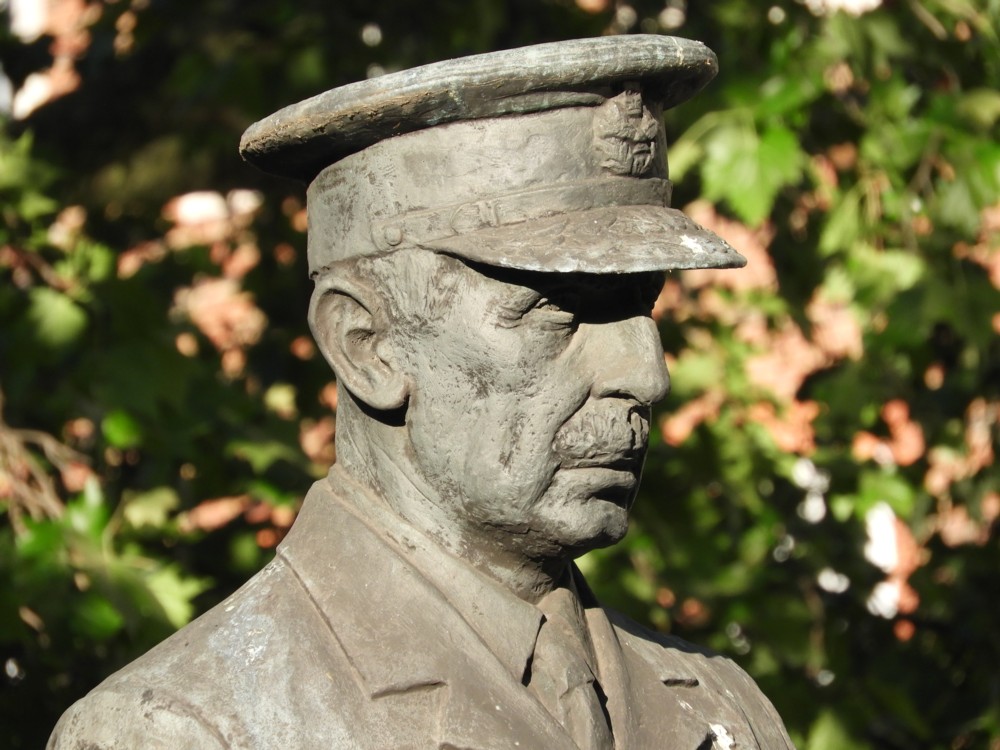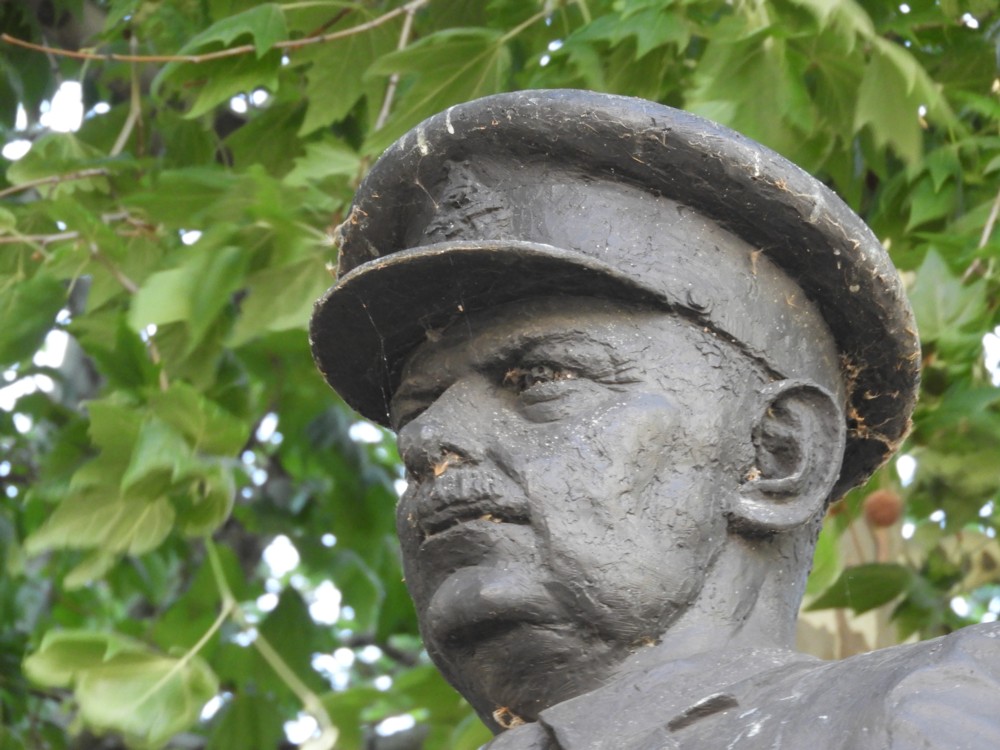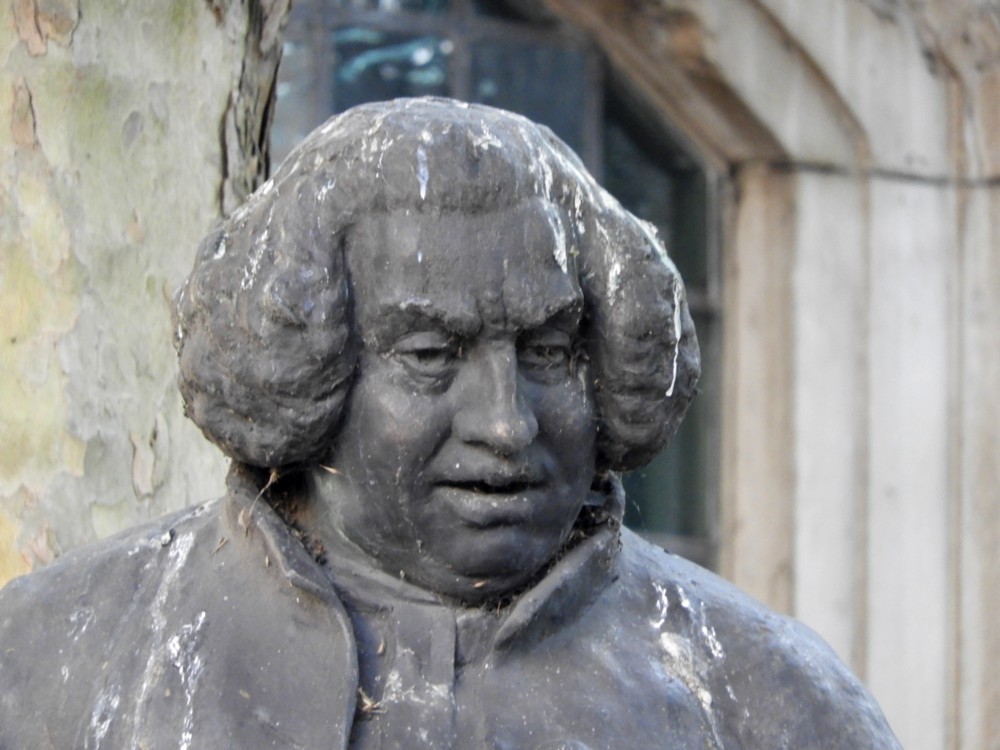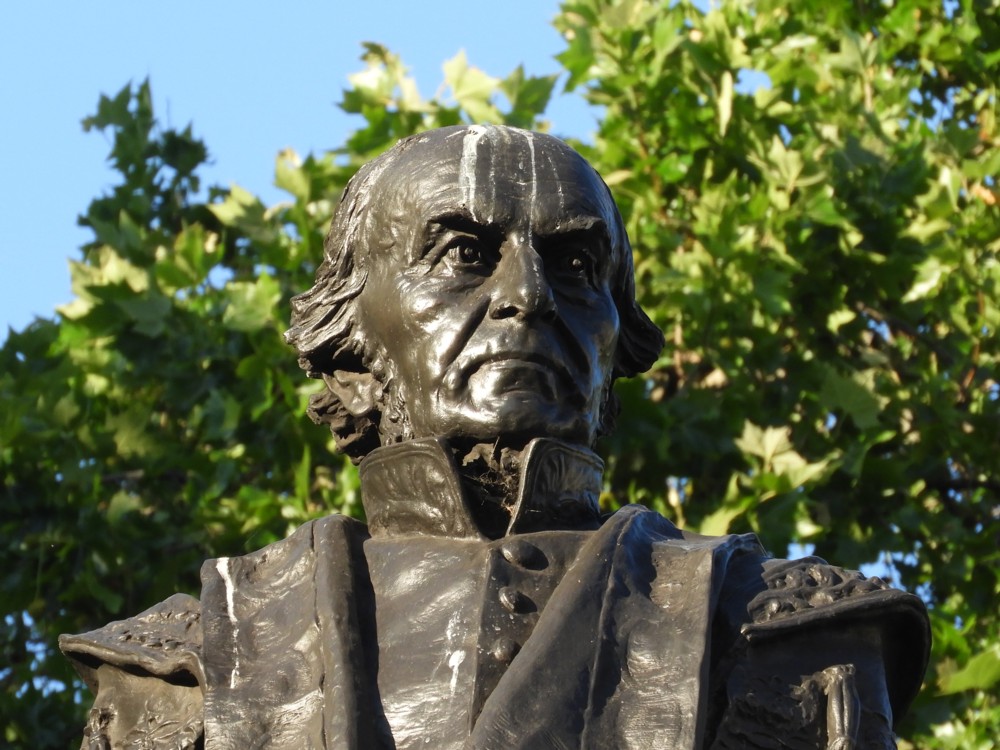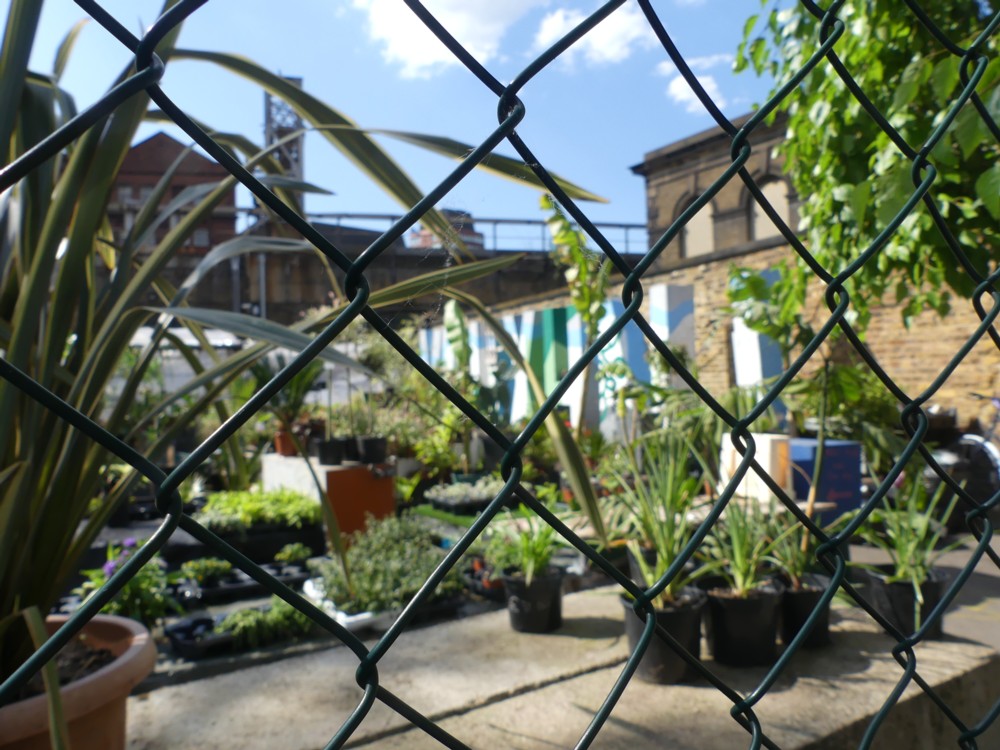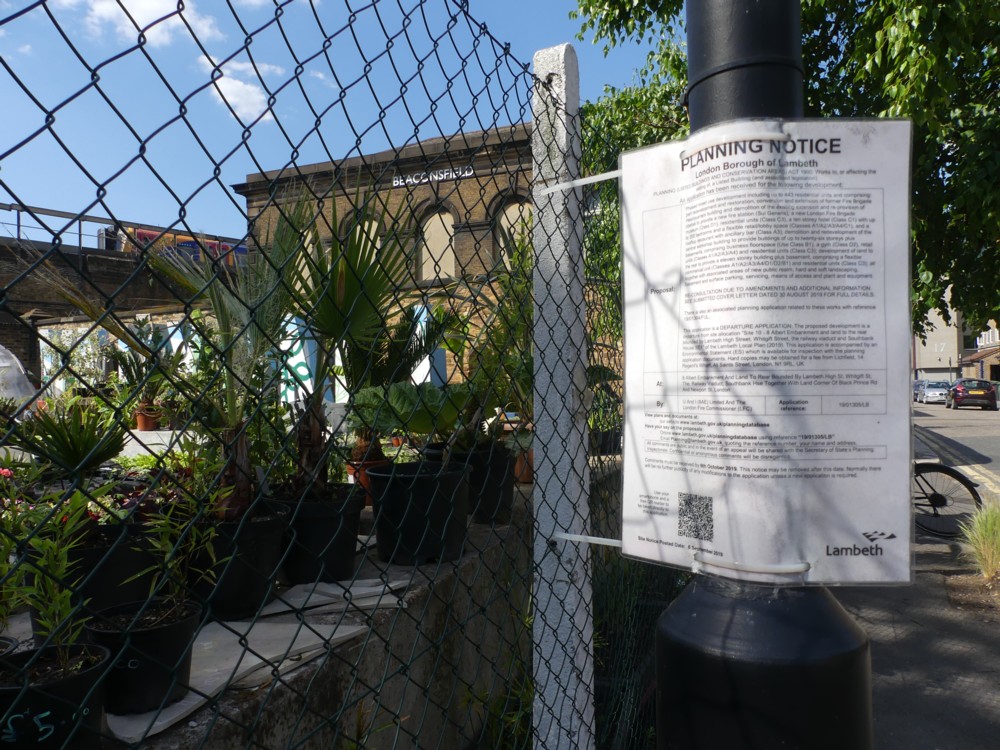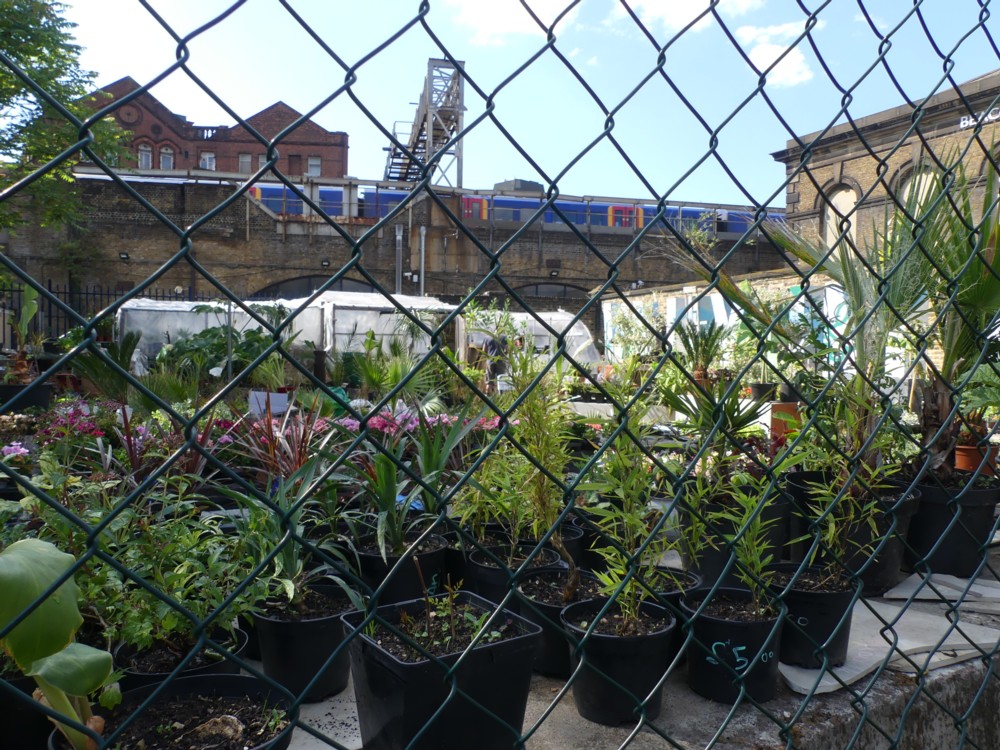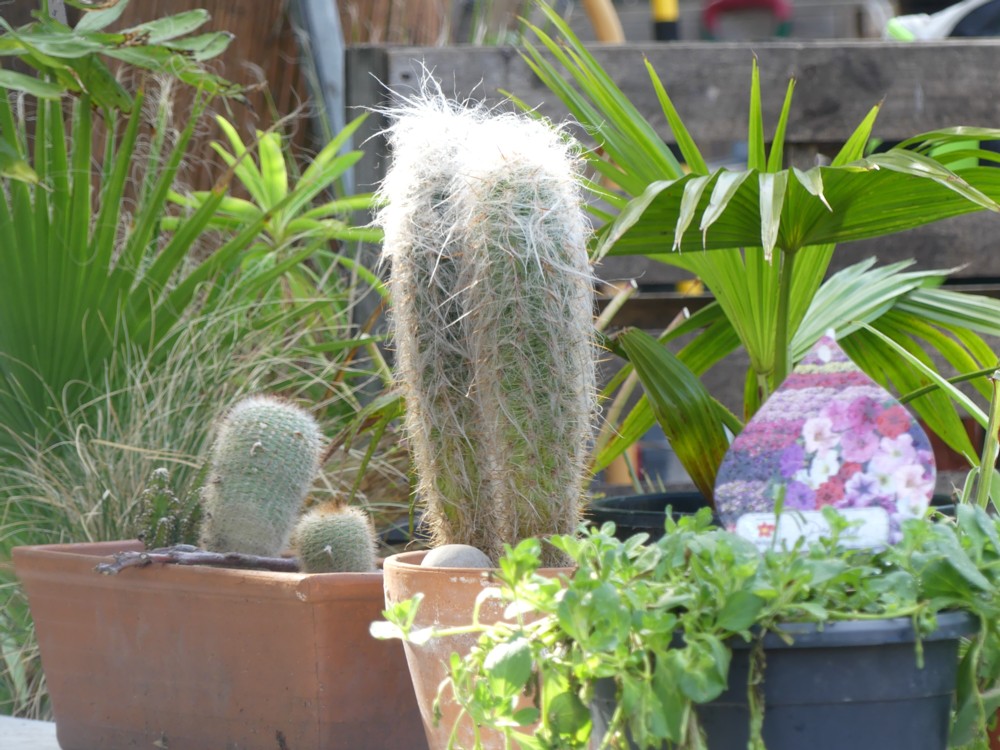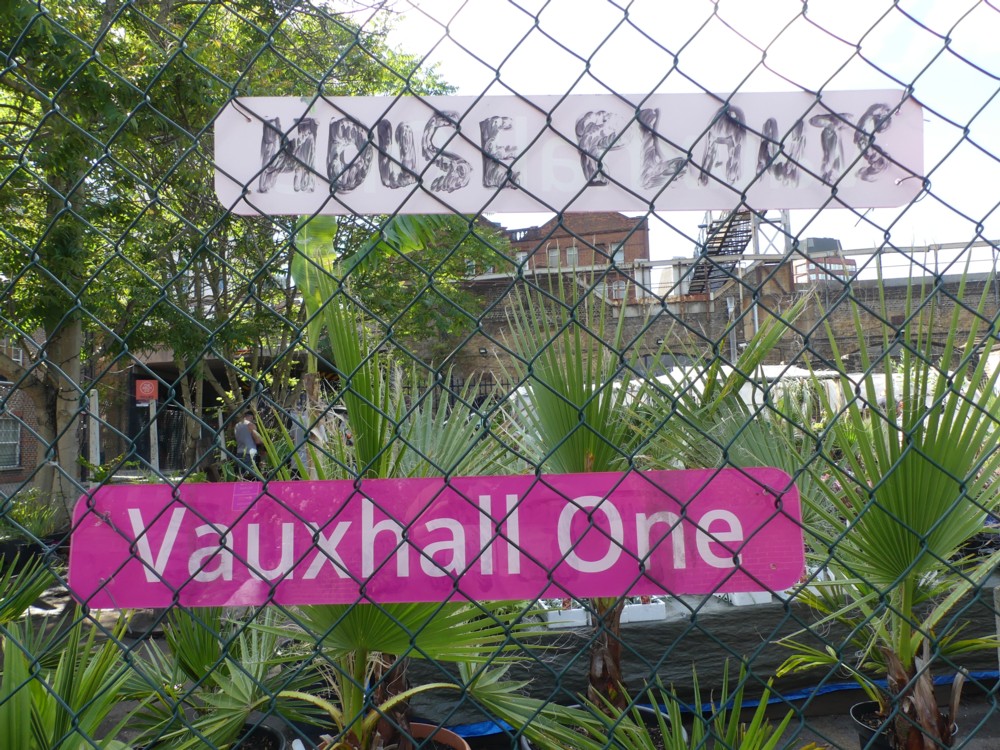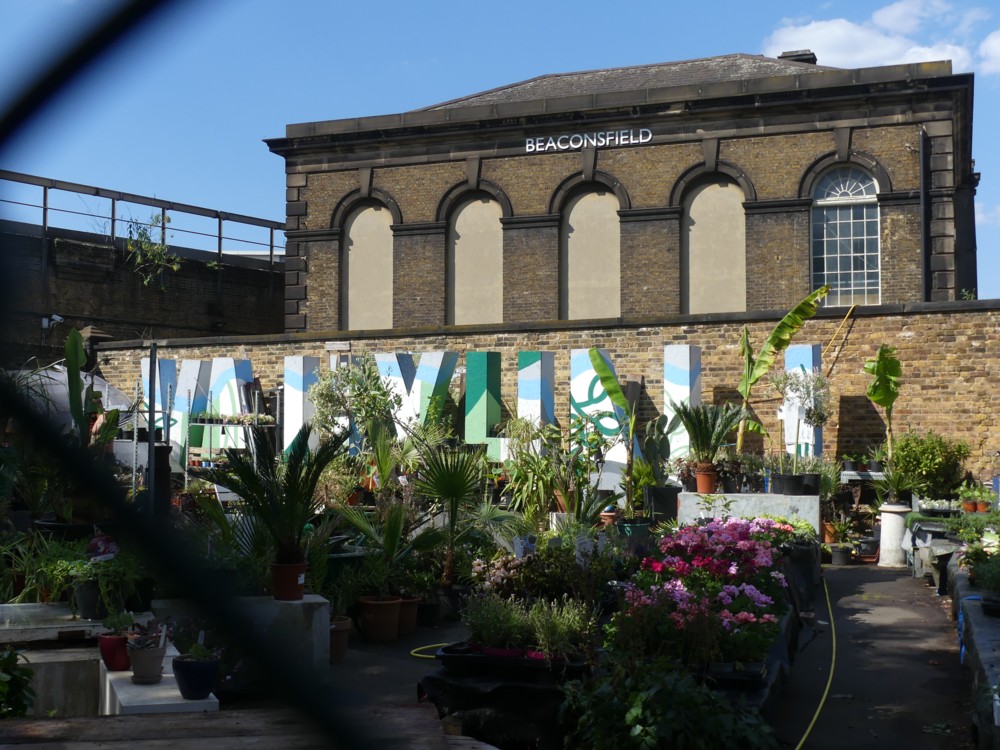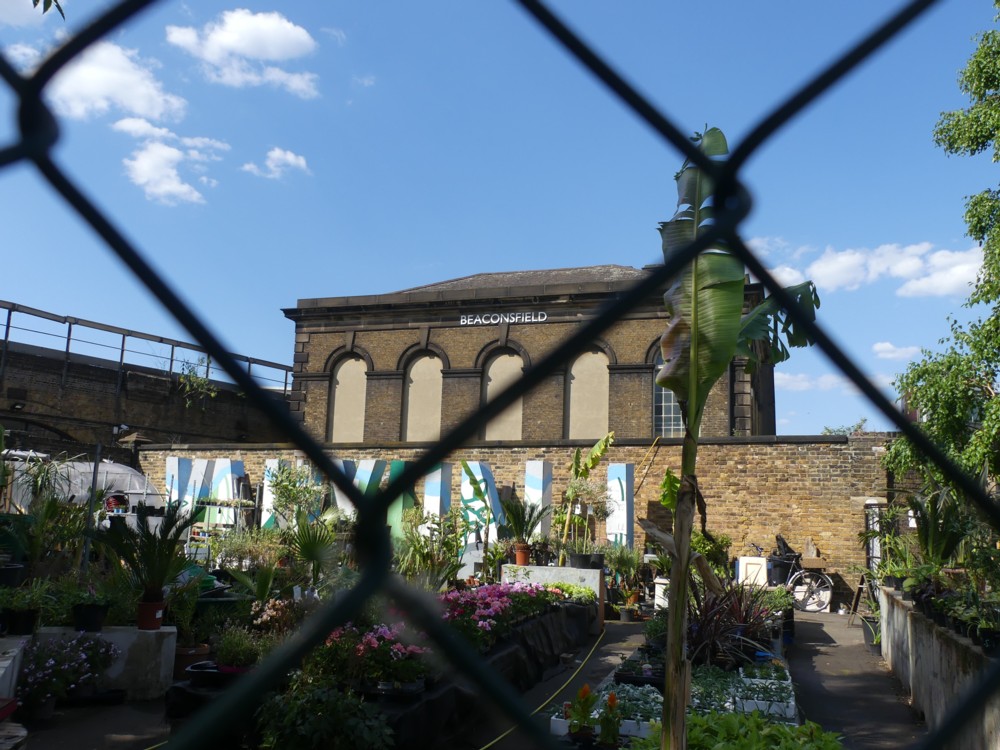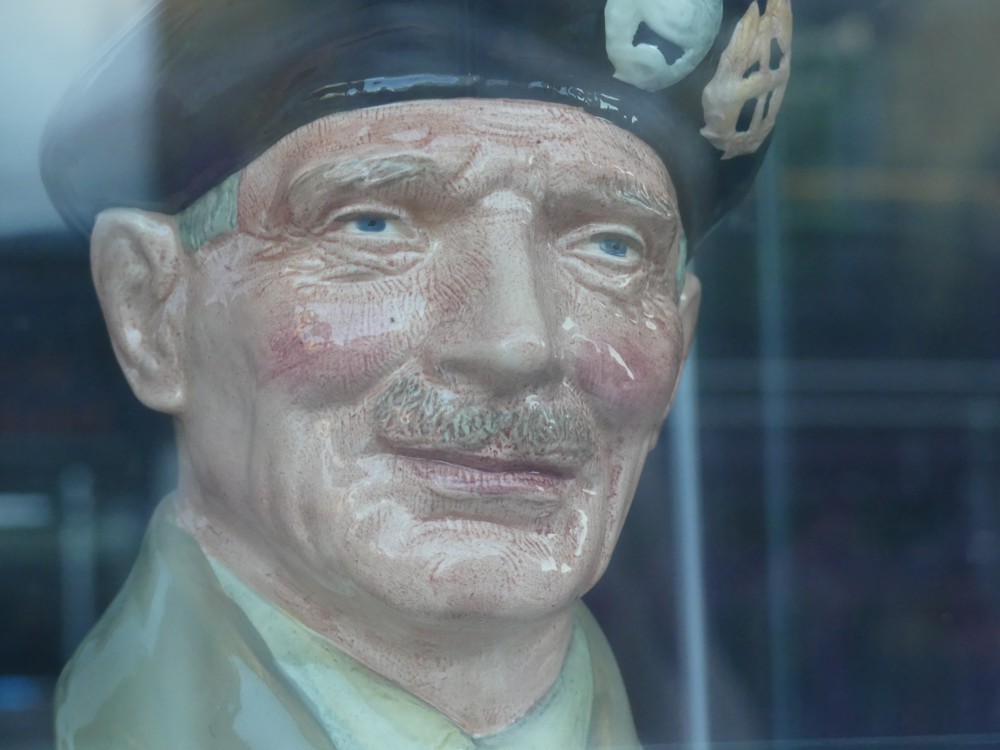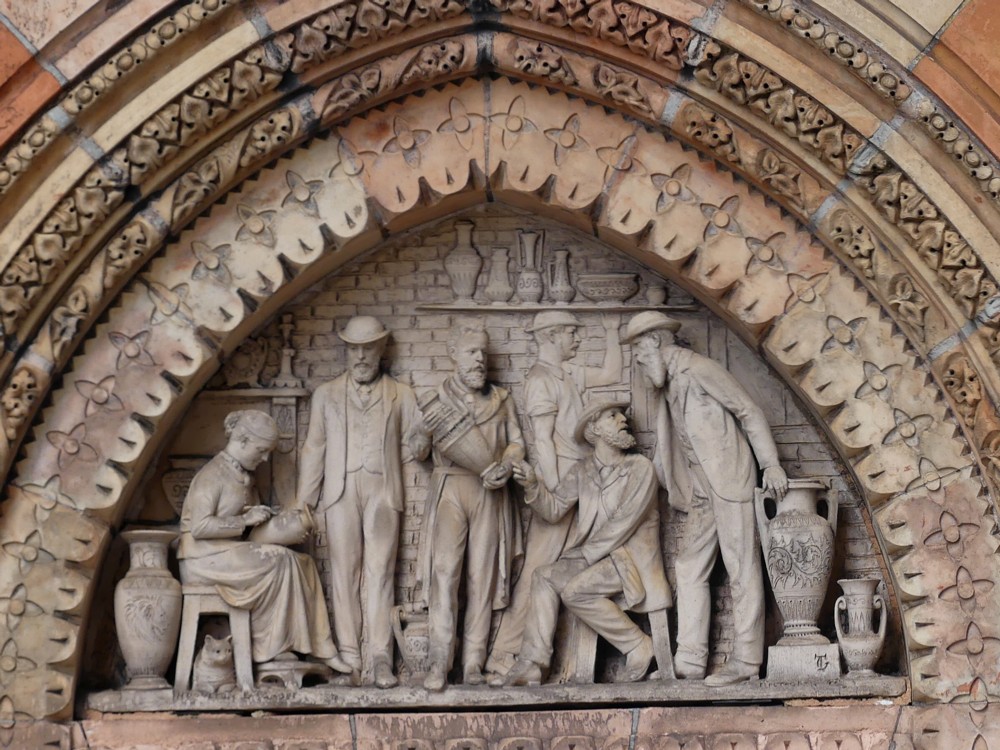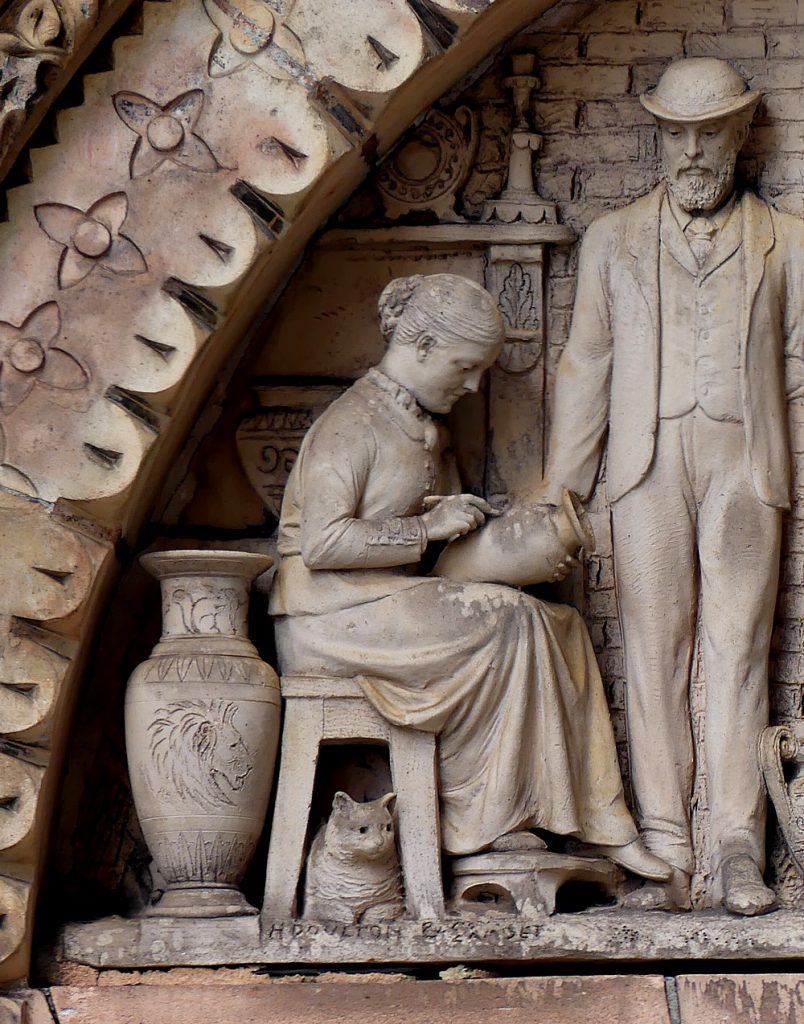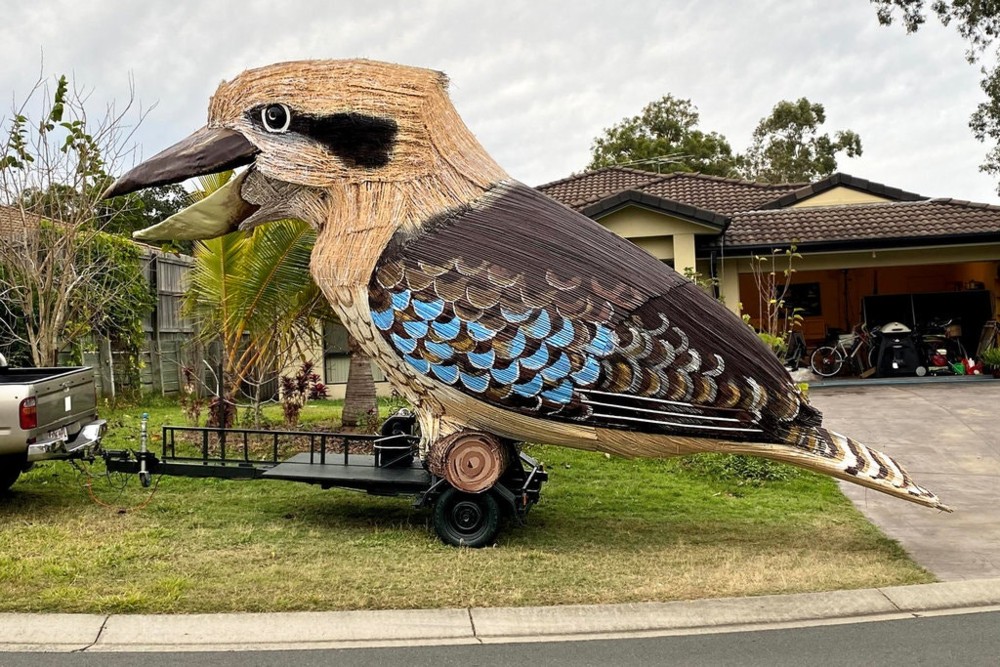Just after checking out that China Works Tower, on May 25th, I walked along Black Prince Road, under the big railway that goes into Waterloo, and turned left into Newport Street. There I came across this place:
This is, Google Maps tells me, Spring Gardens Nursery, that being their Facebook page. There you will see photos that emphasise the plants they sell rather than the wire fence at the edge. But when I went there, Lockdown was in full lockdown mode, so I had to make do with photoing through that wire.
It all looks rather temporary, an impression strengthened by a sign (see photo 2 above) with the words PLANNING NOTICE at the top. All the more reason to enjoy it while it lasts, if it doesn’t. Or, if you can’t visit or don’t reckon it to be worth all the bother, you can click on my photos.
Did I say temporary? If you go here, scroll down a bit and watch the video there about the “Relocation” of whatever exactly this is, you learn about how … whatever it is … “moves from Tate Britain to Vauxhall, for permanent installation”. Permanent.
But only originally. It would seem that this Thing began as an outdoor Art Gallery, and ended up as a Garden Centre for selling plants. The shop, in other words, took over the entire place. Guess: Getting people to just stare at Art Stuff became a problem, because it wasn’t lucrative enough? Guess: Their grant got cut? So, they expanded the shop bit and the Art retreated. Now it’s just a shop. A very nice shop, I think, and out-of-doors. But, a shop. At which point, the place having degenerated into mere capitalism, it becomes vulnerable to bigger and richer capitalists who want to buy it and put Machines For Living on top of it, instead of merely one little layer of plants.
All this is taking place in something calling itself Vauxhall One, hence the big coloured letters in my photos, beyond all the plants. I can see from this website what “Vauxhall One” says it does, but I am not yet clear what Vauxhall One is. I think it may be the name of a Creative District, or some such thing. Anyone?
All of which is only me guessing. This place is only a longish walk away from where I live, which is how I came to be photoing it during Lockdown in the first place, strictly for the exercise you understand. So, memo to self: Go back there in a while and check out what happens. Maybe: nothing. Maybe just, more plants.
By the way, “Beaconsfield” (see the last two photos above) is an actual art gallery, still, it would appear. Shut now, of course. Memo to self: Check that out too.

